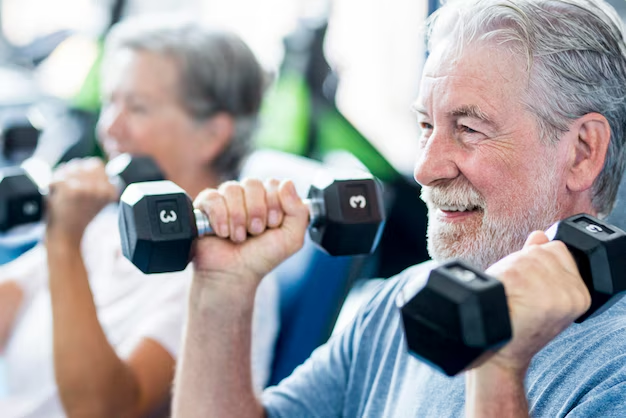Discover How to Reverse Osteoporosis Naturally and Effectively
Osteoporosis, often considered a silent disease, lurks beneath the surface until fractures or breaks starkly reveal its presence. Characterized by thinning bones and increased fragility, osteoporosis can be debilitating. However, contrary to popular belief, there are ways to reverse its effects or prevent further deterioration through lifestyle changes, nutrition, and sometimes medical intervention.
Strengthen Your Bones with Nutritional Powerhouses
Diet plays a crucial role in bone health. Calcium and Vitamin D are the two primary nutrients required to maintain strong bones. Integrate calcium-rich foods such as dairy products, leafy greens, and fortified grains into your daily meals. Vitamin D, which helps your body absorb calcium, can be found in fatty fish, fortified foods, and sunlight exposure.
- Calcium-Rich Foods: Milk, cheese, yogurt, kale, and broccoli
- Vitamin D Sources: Salmon, mackerel, tuna, fortified milk, and sunlight
Additional nutrients like magnesium, vitamin K, and even protein contribute to maintaining bone density. Include nuts, seeds, legumes, and lean meats to support your bone health strategy.
Exercise: The Backbone of Osteoporosis Prevention
Regular physical activity is indispensable in combating osteoporosis. Weight-bearing exercises like walking, jogging, and dancing, as well as strength training exercises, can** increase bone density**. Focus on activities that force you to work against gravity, which stimulates bone formation and strengthens your skeletal frame.
- Recommended Exercises: Brisk walking, resistance training, yoga, and tai chi
Medications and Supplements: An Optional Boost
If lifestyle changes are insufficient, particularly in severe cases of osteoporosis, medication may be necessary. Bisphosphonates are the most commonly prescribed drugs, while hormone-related therapies can offer additional support. Consult a healthcare provider to explore these options tailored to your specific needs.
Dietary supplements like calcium and vitamin D can enhance nutrient intake for those unable to meet daily requirements through food alone. Supplements should complement, rather than replace, a balanced diet and active lifestyle.
Embrace a Healthier Lifestyle
Beyond specific interventions, embracing an overall healthy lifestyle is paramount:
- Avoid smoking and moderate alcohol consumption, both of which negatively impact bone health.
- Implement fall prevention strategies at home by avoiding slippery surfaces, securing rugs, and ensuring proper lighting.
- Maintain a healthy weight, as being underweight can increase fracture risk while obesity imposes additional stress on bones.
Navigate Financial Solutions for Health and Wellness
Addressing osteoporosis can come with financial implications. For many, navigating financial hurdles in healthcare can be a challenge. Fortunately, various government aid programs and financial assistance options can support your journey:
- Medicare/Medicaid: Offers coverage for bone density tests and related medications.
- Prescription Assistance Programs: Reduces the cost of osteoporosis medication for those without adequate coverage.
- Non-Profit Organizations: Provide education and sometimes financial support to individuals for osteoporosis management.
Whether through dietary changes, exercise, or medications, reversing the effects of osteoporosis is possible. By adopting these strategies, not only do you fortify your bones, but you also pave the way for a healthier, more resilient future.
🗂 Financial Resources for Osteoporosis Management
- 🩺 Medicare/Medicaid: Covers select bone health services
- 💊 Prescription Assistance Programs: Discounts for medications
- 🏛 Non-Profit Help: Support from organizations like the National Osteoporosis Foundation
- 📚 Educational Grants: Courses supporting bones and health through various institutions
- 💳 Credit Solutions: Financing options for healthcare expenses

Related Topics
- a Nurse Is Caring For a Client Who Has Osteoporosis.
- a Percutaneous Is Performed To Treat Osteoporosis Related Compression Fractures
- Can Alcohol Cause Osteoporosis
- Can I Do Pilates If I Have Osteoporosis
- Can I Reverse Osteoporosis
- Can Men Get Osteoporosis
- Can Osteoporosis Affect Teeth
- Can Osteoporosis Be Cured
- Can Osteoporosis Be Painful
- Can Osteoporosis Be Reversed